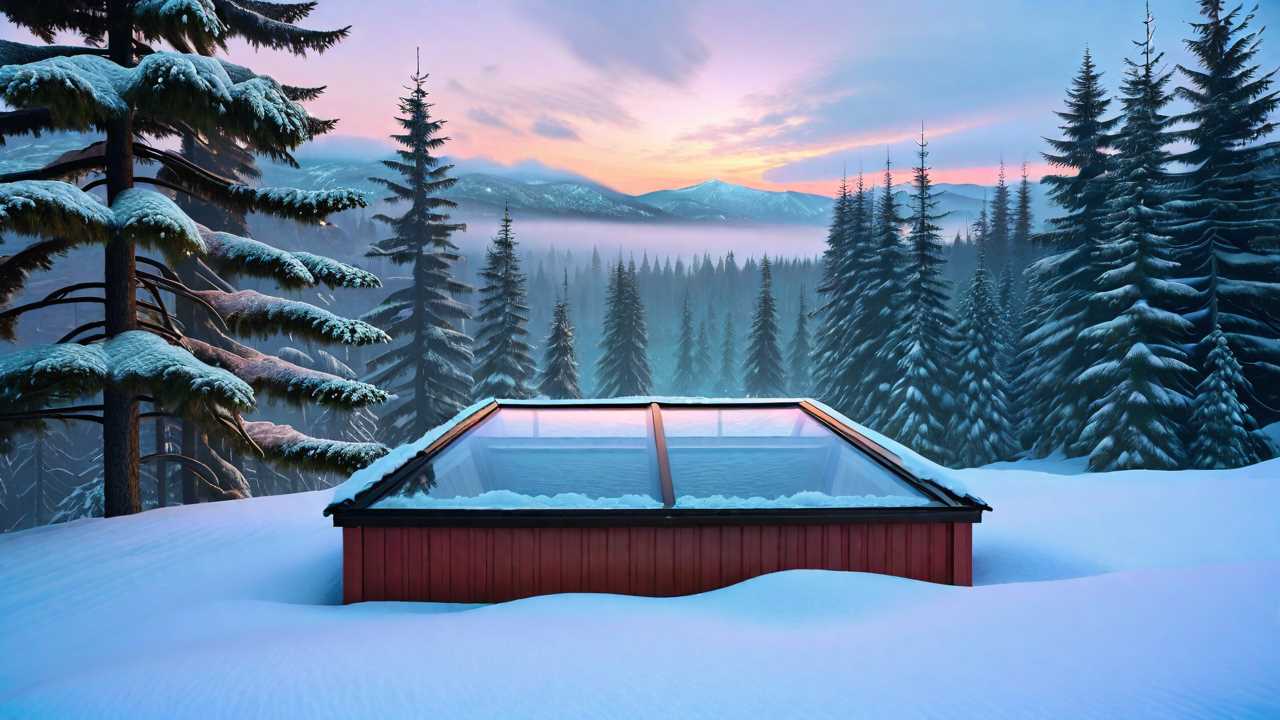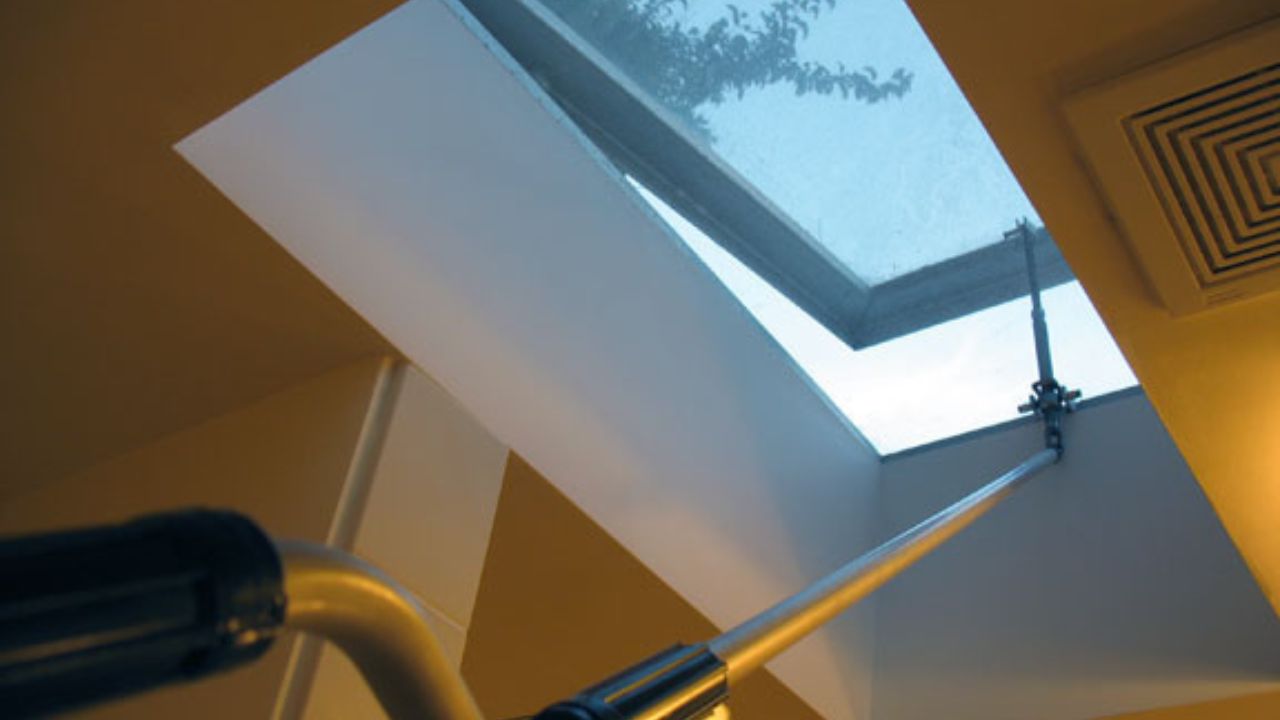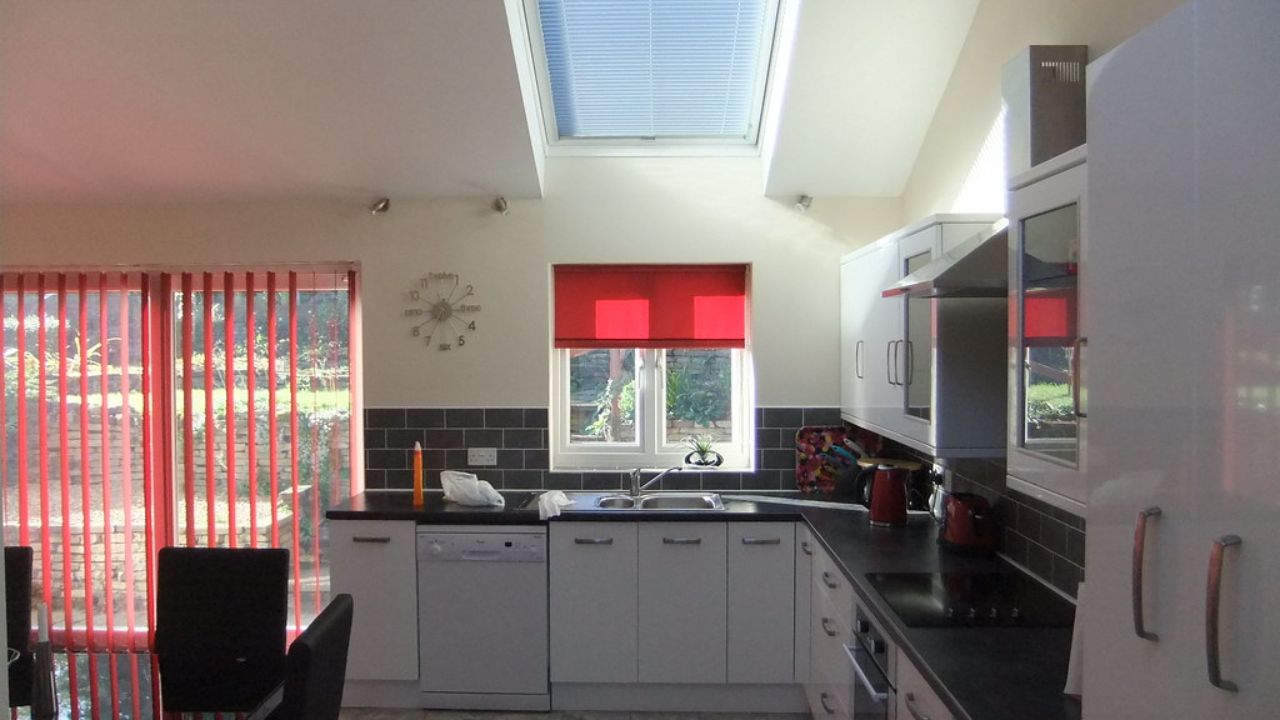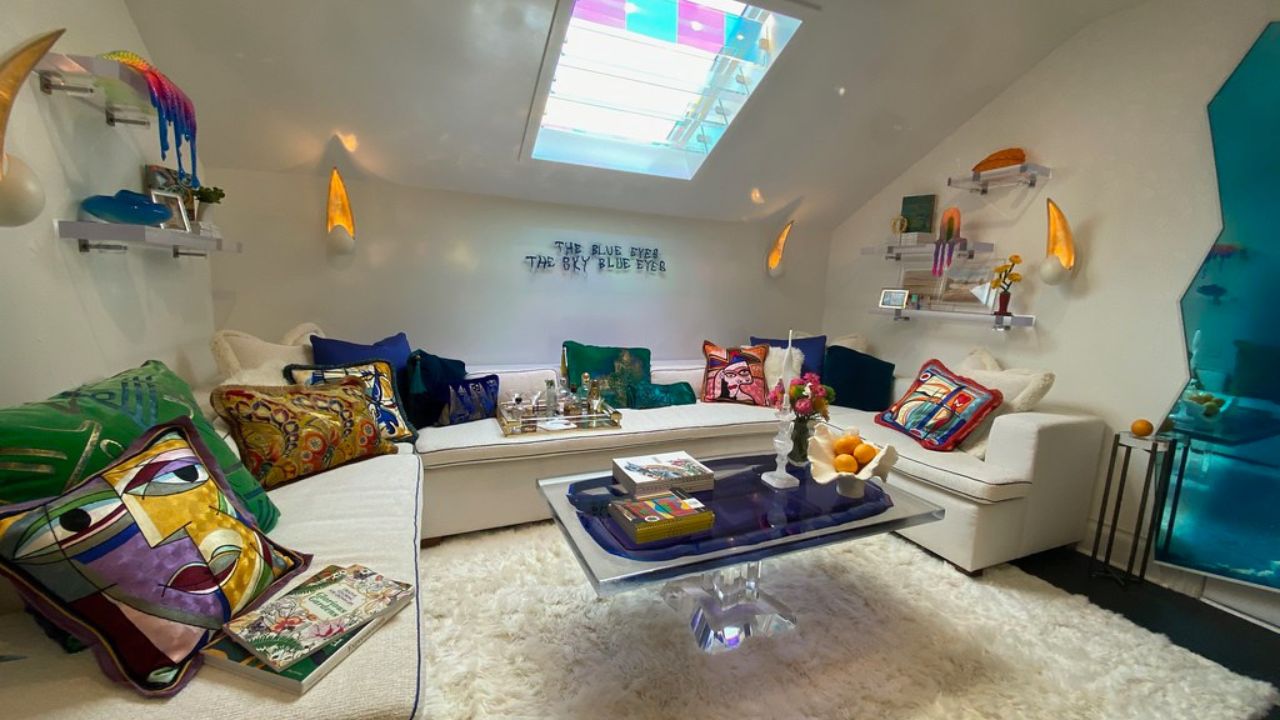
When selecting the best skylight for cold climates, you’ll want to focus on key factors like energy efficiency and insulation to combat the chill effectively. But did you know that not all skylights are created equal in terms of withstanding frigid temperatures? Consider this: the right skylight can make a significant difference in maintaining warmth and reducing energy costs during the colder months. Want to discover which specific features to look for in a skylight designed to thrive in cold weather? Stay tuned for insights into the most suitable choices to keep your space cozy and bright even in the coldest climates.
Energy-efficient Skylight Options
When selecting skylights for cold climates, prioritize energy-efficient options to maximize warmth retention and minimize heat loss. Opt for skylights with low U-values, indicating better insulation properties.
Look for double or triple-pane glazing with insulating gas fills like argon or krypton, reducing heat transfer. Low-emissivity coatings on the glass can further improve energy efficiency by reflecting heat back into the room.
Consider skylights with thermal breaks in the frames to prevent cold bridging, which can lead to heat loss. Additionally, choose skylights with efficient seals to prevent air leakage, ensuring a tight building envelope.
Look for Energy Star certified skylights to guarantee high energy performance standards. By selecting energy-efficient skylights, you not only reduce heating costs but also contribute to a more sustainable environment.
Make informed decisions based on performance ratings and energy-saving features to create a comfortable and efficient living space in cold climates.

Types of Insulated Skylights
For ideal insulation in cold climates, consider various types of insulated skylights designed to minimize heat loss and maximize energy efficiency. Double-paned skylights are a popular choice, featuring two layers of glass with a space in between filled with insulating gas. This design helps reduce heat transfer, keeping your home warmer in winter.
Another option is triple-paned skylights, which offer even higher insulation levels by adding an extra layer of glass and more insulating gas. Tubular skylights, while smaller in size, can also be insulated effectively. These skylights use a reflective tube to capture and distribute natural light, reducing the need for additional artificial lighting and minimizing heat loss.
In addition, aerogel-filled skylights provide superior insulation properties due to the highly insulating aerogel material between the glass layers. When selecting an insulated skylight for your cold climate home, consider factors such as energy efficiency ratings, U-values, and solar heat gain coefficients to guarantee optimal performance and comfort.
Considerations for Cold Climate Skylights
Consider key factors such as insulation efficiency, material durability, and installation complexity when evaluating skylights for cold climates. In cold regions, proper insulation is essential to prevent heat loss and maintain energy efficiency. Look for skylights with multiple glazing layers, low-emissivity coatings, and insulated frames to improve thermal performance.
Choose materials like fiberglass or vinyl for their durability and resistance to temperature fluctuations, reducing the risk of cracking or warping in extreme cold. Additionally, consider the installation complexity of the skylight, ensuring it can be securely fitted to prevent air leaks and heat transfer.
When selecting a skylight for cold climates, prioritize features that contribute to better insulation, longevity, and ease of installation. These considerations will help you choose a skylight that can withstand harsh winter conditions while providing excellent energy efficiency and comfort inside your home.
Skylight Placement for Winter Benefits
To maximize winter benefits, strategic positioning of skylights plays a pivotal role in enhancing natural light and heat distribution within a space. Proper placement can help you make the most of your skylights during the colder months.

Here are some key tips for optimizing skylight placement for winter benefits:
- Orientation: Guarantee skylights face south to capture maximum sunlight during the shorter days of winter.
- Avoid Shading: Position skylights away from trees or buildings that might cast shadows and block sunlight.
- Angle of Inclination: In colder climates, a steeper angle of inclination (around 45 degrees) can help maximize solar heat gain.
- Size Matters: Larger skylights allow more sunlight to enter, providing increased warmth and light.
Maintenance Tips for Cold Weather Skylights
Maximizing the efficiency of your skylights in cold weather requires regular maintenance to guarantee peak performance and longevity. To start, make sure that the skylight and its surrounding sealant are free from any debris or snow buildup. It’s important to check for any signs of condensation, as excess moisture can lead to issues like mold or mildew. If your skylight opens, inspect the hinges and mechanisms for smooth operation, lubricating them as needed with silicone spray. Additionally, consider installing skylight insulation during winter months to prevent heat loss and improve energy efficiency.
Regularly cleaning the skylight both inside and out is essential to maintain optimal light transmission. Use a mild soap solution and a soft cloth to avoid scratching the glass. In areas with heavy snowfall, gently remove snow from the skylight to prevent excessive weight stress. Finally, inspect the skylight for any cracks or damage that may compromise its insulation properties. By following these maintenance tips, you can ensure your skylights function efficiently throughout the cold weather months.
Frequently Asked Questions
Can Skylights Prevent Ice Dam Formation on Roofs in Cold Climates?
To prevent ice dam formation in cold climates, skylights should be installed properly with adequate insulation and ventilation to minimize heat loss. Regular maintenance, such as clearing snow and ice, is essential for best performance.
Are There Skylights Specifically Designed to Minimize Heat Loss?
To minimize heat loss, consider skylights with low U-values. They are designed to reduce energy transfer, enhancing insulation. Look for skylights with double or triple glazing. Choose wisely to optimize energy efficiency in your home.
Will Condensation Be a Problem With Skylights in Cold Weather?
Condensation can occur with skylights in cold weather due to temperature differences between indoor and outdoor air. Proper insulation and ventilation help minimize this issue. Regular maintenance and choosing skylights with thermal breaks can further reduce condensation problems.
How Do Skylights Impact the Overall Insulation of a Cold Climate Home?
When considering how skylights impact the insulation of your cold climate home, keep in mind that improper installation or low-quality materials can lead to heat loss. Properly selected and installed skylights can improve insulation and natural light.

Are There Skylight Options That Offer UV Protection in Snowy Regions?
When considering skylights for snowy regions, look for options with built-in UV protection. This feature shields your home from harmful rays while allowing natural light in. Choose skylights that offer both insulation and UV defense for best performance.